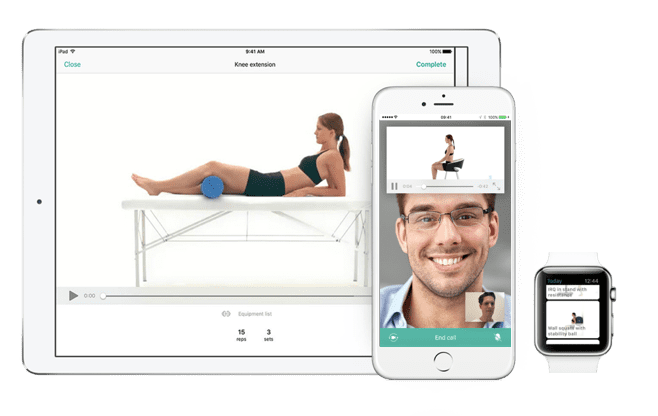Exercise Programs, Injury Treatment, Kanata Physiotherapists, Physiotherapist Allen Hicks, Rehabilitation Programs, Telehealth Appointment, Video Appointment, Virtual Appointment
In these uncertain times and need for social distancing, implementation of video appointments (telehealth/virtual/telerehabilitation services) is an ideal model to provide physiotherapy services (assessment and treatments) during this period.
Which types of treatment can be delivered with video appointments?
Many of the key components of physiotherapy services can be provided through video appointments, this includes but is not limited to:
- Initial assessments (subjective and many objective components, including outcome measures)
- Ongoing re-assessment to monitor progress, including the use of objective assessment tools that are available in many software programs and apps
- Exercise prescription, supervised therapeutic exercise and appropriate progressions
- Post surgical education regarding precautions and management, including appropriate exercise program progressions to optimize recovery
- Self-administered techniques such as soft tissue massage or frictions under the direction of the physiotherapist, including patient education on technique, duration, frequency, and intensity.
- Pain education, including therapeutic neuroscience education and graded motor imagery.
- Support for self-management, education, coaching and reassurance for clients and for caregivers. This includes teaching client’s families how to assist in performing stretches or guide home exercises.
- Assessment of how clients are functioning and adapting in their home environments, including assessment of fall risks and other functional activities of daily living assessments.
- Injury prevention and health promotion exercise programs, particularly for the management of osteoarthritis, osteoporosis, and sarcopenia (muscle loss with aging).
Physiotherapists partner with their clients in their treatment plan/plan of care and practice collaborative goal setting. Progress during a virtual visit should be tracked based on the client-centred goals using patient report outcome measures (PROM), including functional outcome measures and other measurements under the direction of the physiotherapist. Each should be assessed and include a predicted timeline and milestones to achieve these goals based on the identified prognosis for each unique client.

